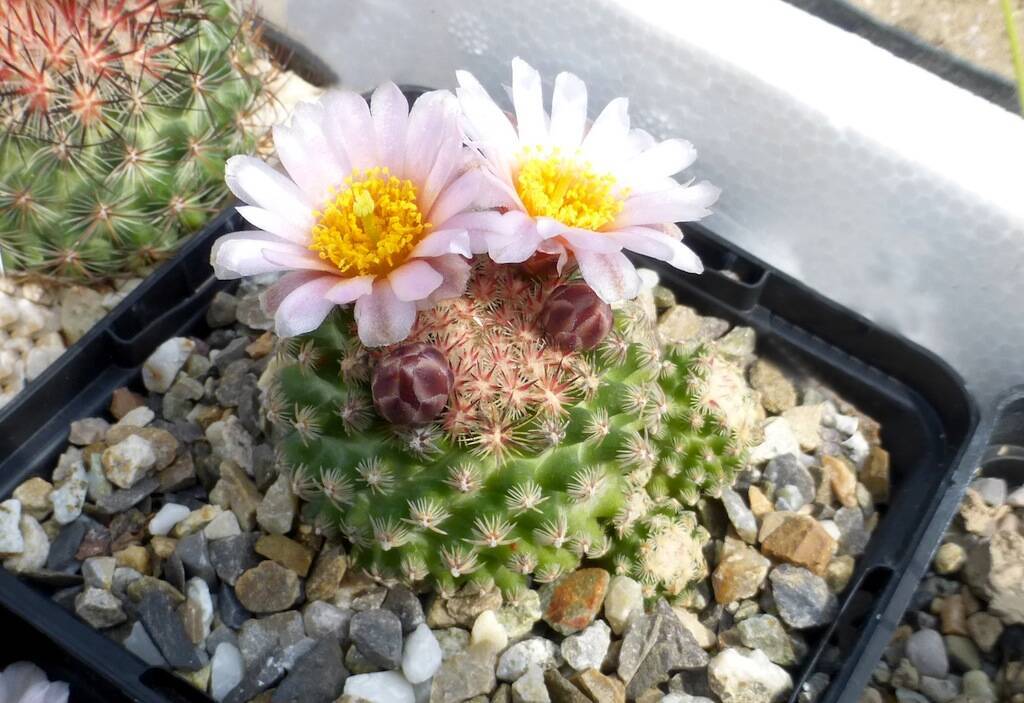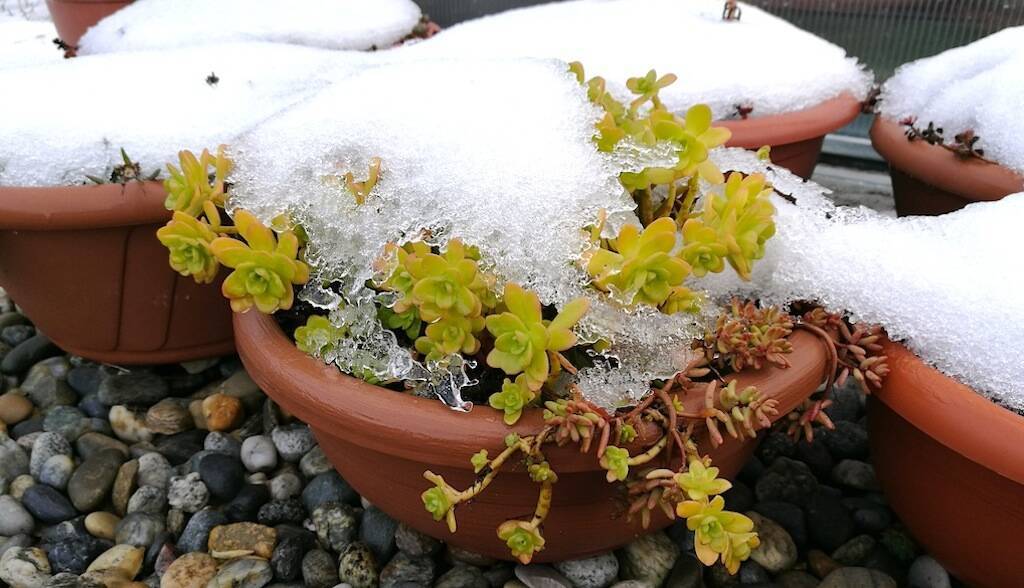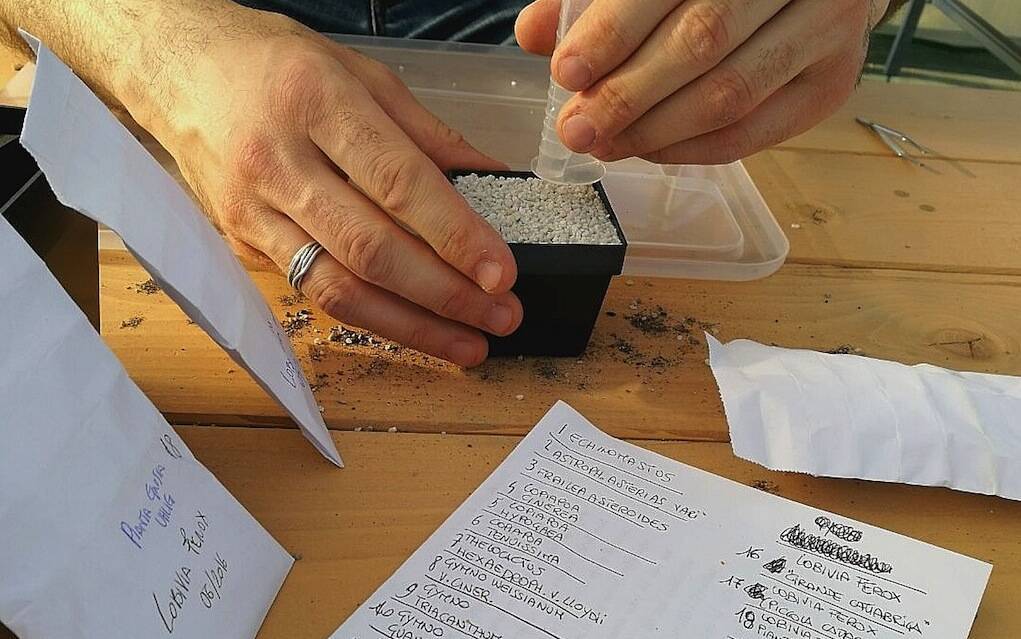Light is fundamental for every living being, starting with plants. This is obvious, but we cannot ignore it if we want to grow cacti and succulent plants in general. Plants, moreover, that often need many hours of light per day; in some cases direct or non-filtered light, in others not straight but equally intense daylight. In fact, there are succulent plants that, if placed in full sun, slow down growth, burn and even die. On the contrary, many succulent plants and many cacti, if they do not receive the right amount of direct light, will have stunted growth, with weak thorns and elongated stems.
In this article, we see what we need to know about the right exposure of cacti and succulent plants in general. Also, at the end of this article, you find a table summarizing the type of exposure needed by the main families of succulents. (…)
Per proseguire nella lettura dell'articolo Accedi o Abbonati
To continue reading the article LogIn or Subscribe





